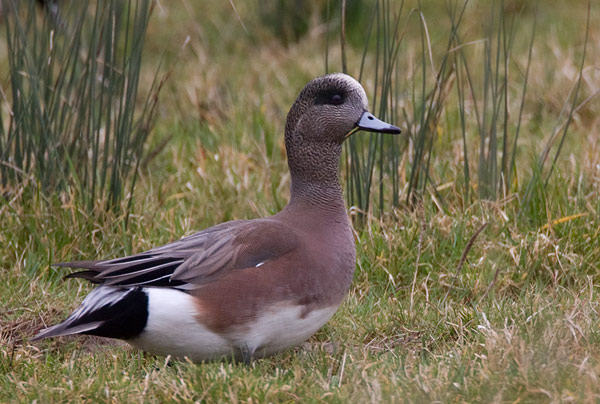The first-winter drake American wigeon gave good views at Slimbridge on the morning of 28th. I've only seen one of these before, very briefly on the Hayle estuary before it disappeared in a mobile Eurasian wigeon flock. Click on the image for more.
This shelduck is living free and appears different from one that's been seen in Gwent (which may be one of its sibs or further hybrid offspring). It seems to have many features of an Australian shelduck. It displays to common shelduck, and has a knobbed bill, white rump and rufous undertail, suggesting it already have some genes from that species. Others have claimed it's a paradise x Australian shelduck that has been in Gloucestershire for some years.
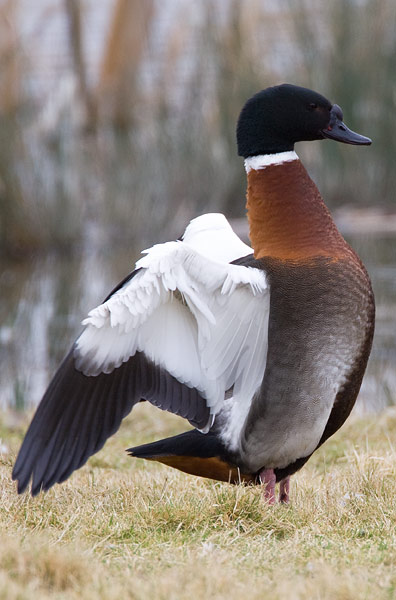
I've tested the 50D extensively in poor light recently, including turning the Auto Light Optimizer off. Performance remains the same - unless it's my use of sharpening and noise reduction that's causing problems, I'm still convinced that the 50D is poor for bird photographs that involve cropping, because of noise. It's great if the cropping is minimal (as in the images below), but unfortunately that's rarely the case when photographing birds....My advice to 40D users must be don't 'upgrade' - also the files are massive!
I saw the long-eared owl at Splatt Bridge, Frampton on 22nd. There was a little owl at Berkeley Shore, but no tree sparrows. Photos of pheasant and wigeon (but no American one) at Slimbridge. 3 ruff and 3 stock doves at Slimbridge.
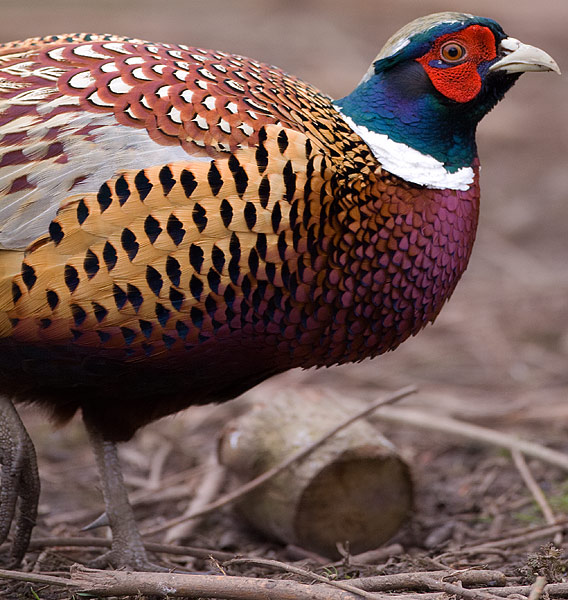
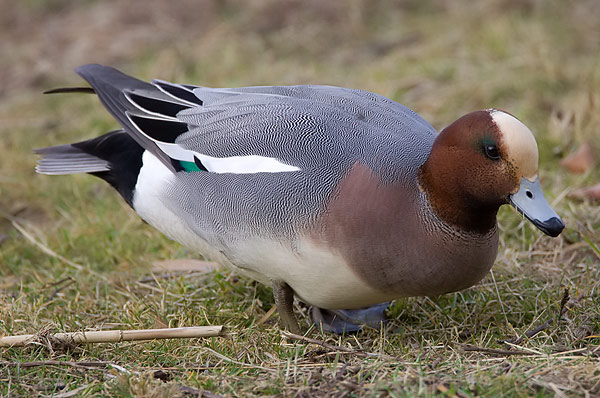
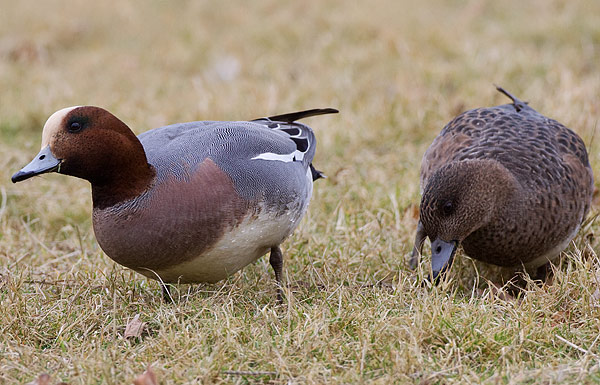
6 red kites from the London train on 16th, including one west of Swindon, 2 in Reading, and 2 east of Reading.
Tawny owl calling in Flax Bourton on 15th.
A spring-like morning on the Exe on 15th - at Dawlish Warren there were 7 red-throated and 1 great northern diver, 2 Slavonian grebes, the female surf scoter, 7 razorbills, and a bar-tailed godwit. A black brant was in the dark-bellied brent goose flock. I saw 3 cattle egrets and a spoonbill at Powderham. Photos of some dark-bellied brents and oystercatchers below.
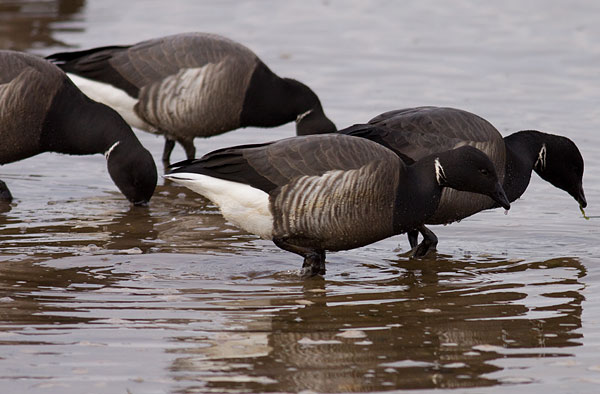
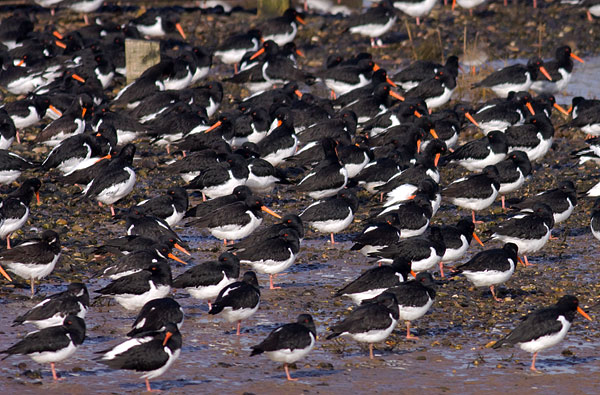
Brean and Berrow on the morning of 14th - sanderlings seen and a bearded tit heard at Berrow, and a black redstart at Brean Cove.
What a hoot. Bruna Bezerra recorded our local eagle owl on 12th. The peak frequency is 364 Hz, shown in the power spectrum above the spectrogram below. This fits with it being a male - females have longer call, and the frequency containing most energy is typically > 500 Hz. You can listen to the call by clicking on the icon under the spectrogram. Individual birds have distinctive vocal signatures (Grava et al. 2007: Ibis 150: 279-287). The main calling period in France is November to February, so if you want to hear Oscar, you may need to be quick! He is nowhere to be seen in the day at present, but has been calling in the early evening from the flagpole area on Biosciences recently - I collected a fair number of pellets from there on 13th. There at at least 3 eagle owls in Glamorgan at present, including one in the centre of Neath. These surely can't all be birds that have escaped from captivity recently - it seems much more likely they are part of a substantial feral breeding population?
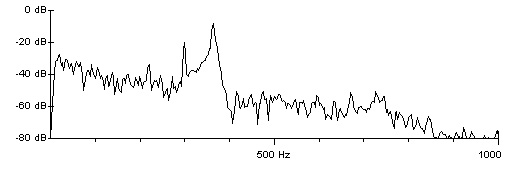
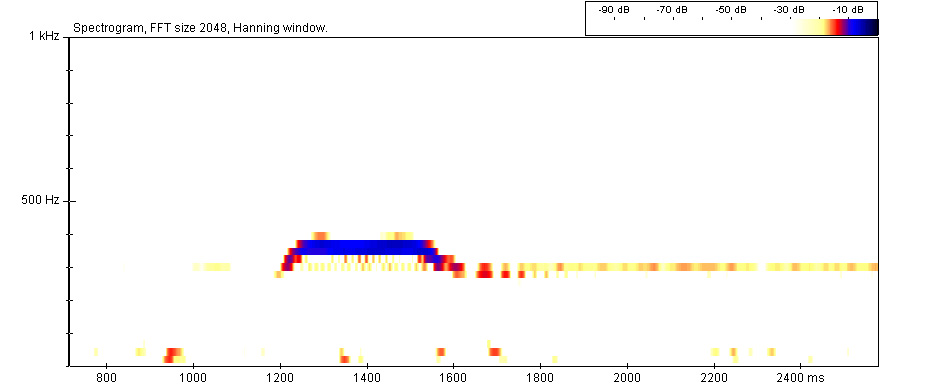
This male siskin was at Stratford feeders, Chew Valley Lake. It has a very strange head pattern, with the bib extending over the eye. Apparently bibs in siskins are badges of dominance, so this must be a super-macho bird. It even has a melanin spot on its back. Subordinate birds have smaller bibs and are more susceptible to stress.
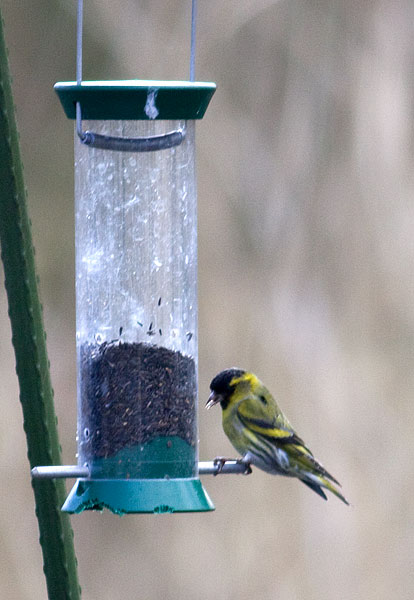
Adult Egyptian goose (below) at Slimbridge on 8th. A spotted redshank and a dark-bellied brent goose also present.
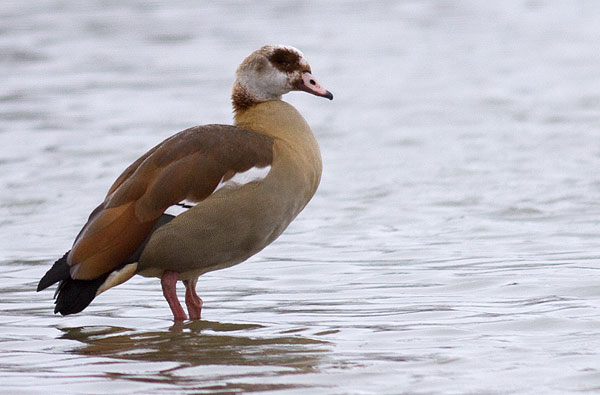
Chew Valley Lake was surrounded by snow on 7th. I didn't see any unusual birds, but the snow and winter sunlight was great for photography. Spot metering the birds against snow made them stand out against the white background. Rook, cormorant, moorhen and yawning black-headed gull below. The gular angle on the cormorant would make it an individual of the sinensis subspecies, if you believe that sort of thing.
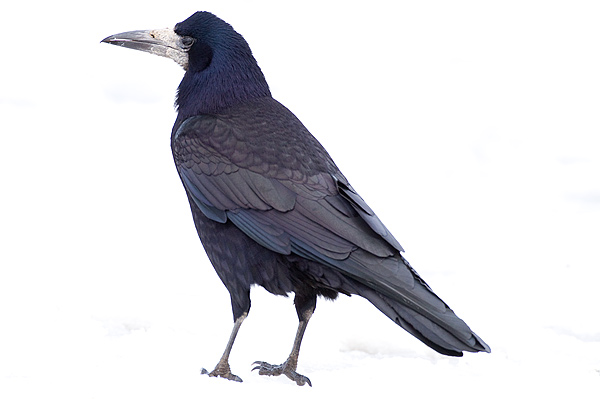
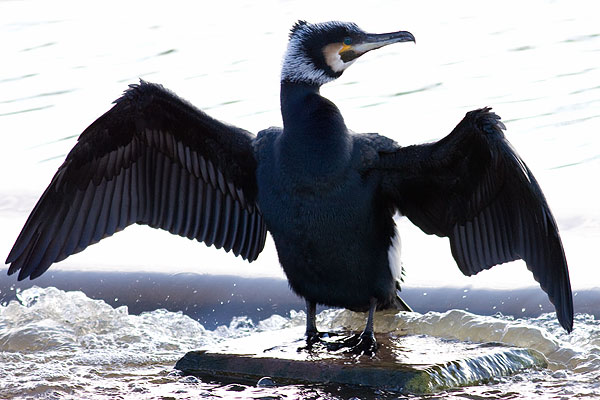
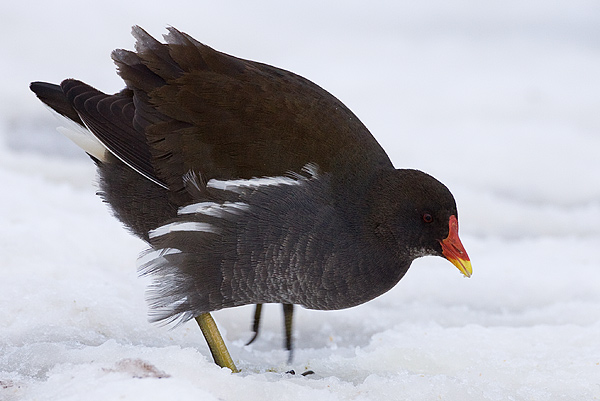
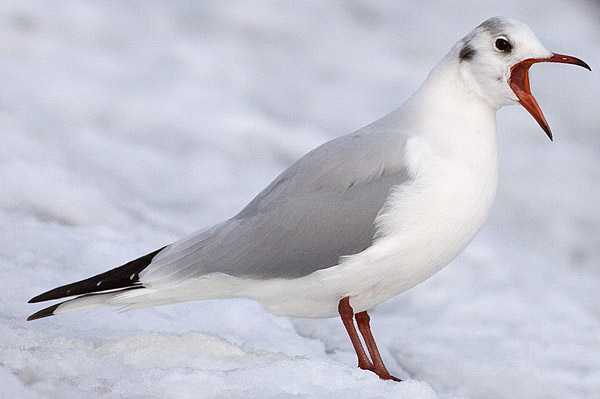
A male goldeneye harassed the other ducks in the ice-free patch of water close to the road on Herriot's pool.The iridescence on its head changed from purple to green as it moved.
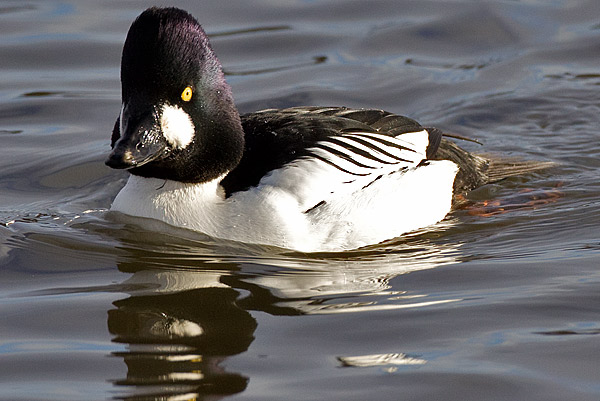
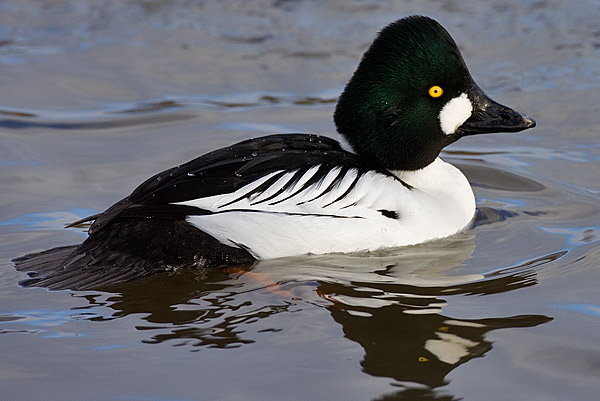
The highlight was a barn owl. It flew around the reed beds at Herriot's Pool, looking exceptionally white because of the reflective snow.
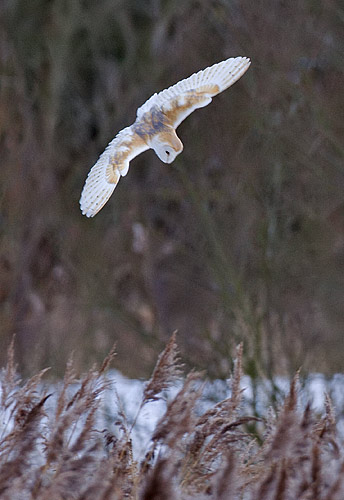
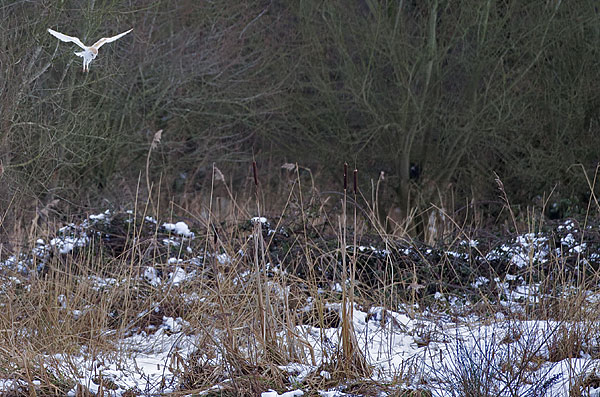

On my return journey, I saw a white shape moving in the hedge near the Moreton turning. I thought it was a plastic bag initially, but on closer inspection it was a barn owl feeding on a vole. Pictures below from the car.
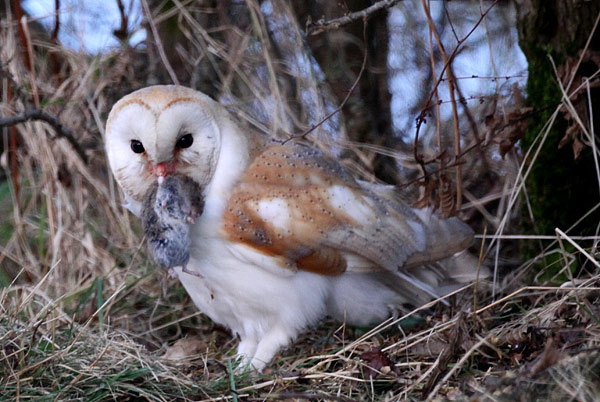
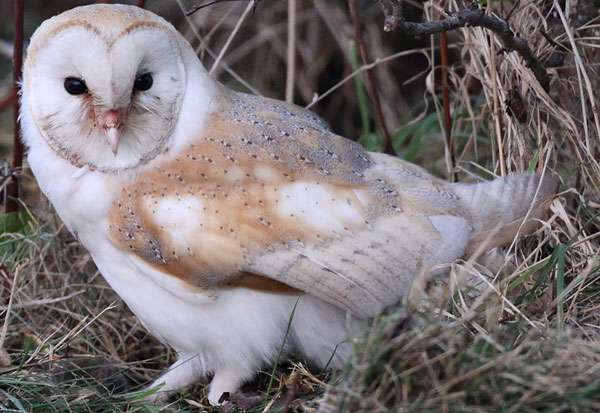
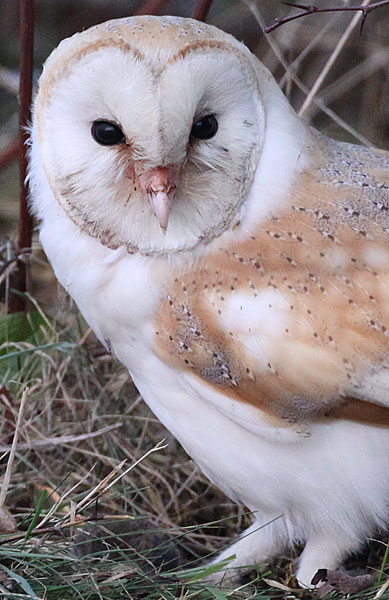
Marsh tit in Bourton Combe on 6th.
Bichon freeze. Several snowfalls this week have made our village very picturesque. A flock on 15 yellowhammers fed along the cycle track on 5th.
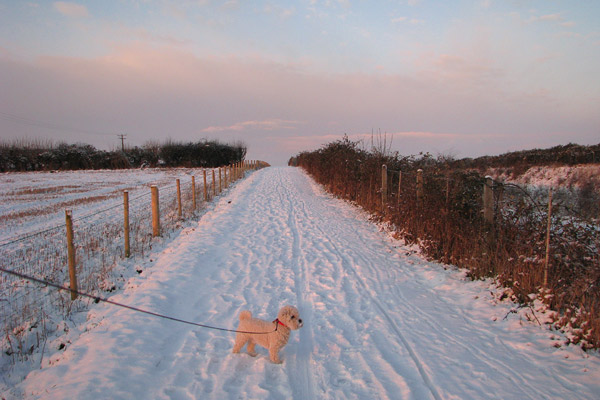
A trip to Devon on 1st. At least 6 cirl buntings were feeding on grain at Broadsands. Yellowhammers and reed buntings also fed amongst the chaffinches. Below are photos of male cirl bunting and what I think may be a first-winter bird - although the face markings are well defined and the crown is streaked (both cirl features), the the rump area looks somewhat brown, although this may be the uppertail coverts which are often tinged rusty (the rump itself should be olive-grey).
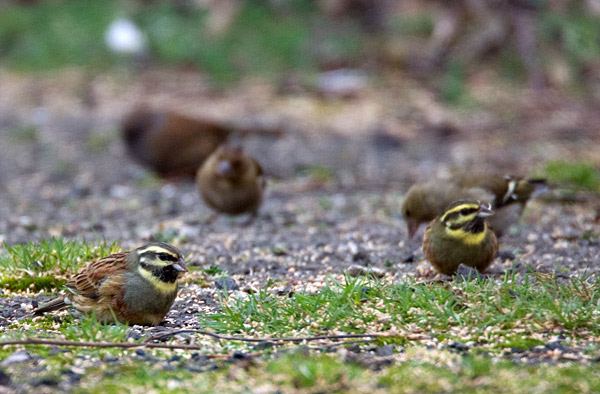
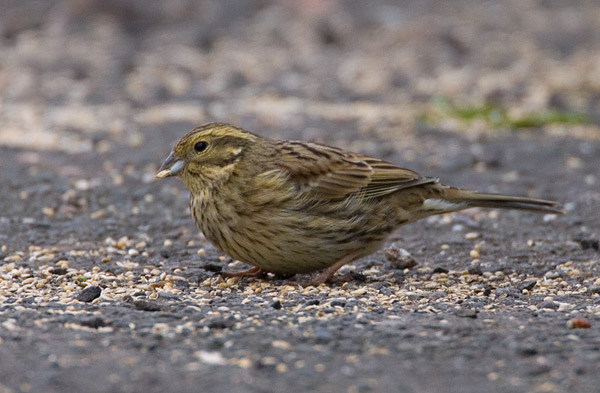
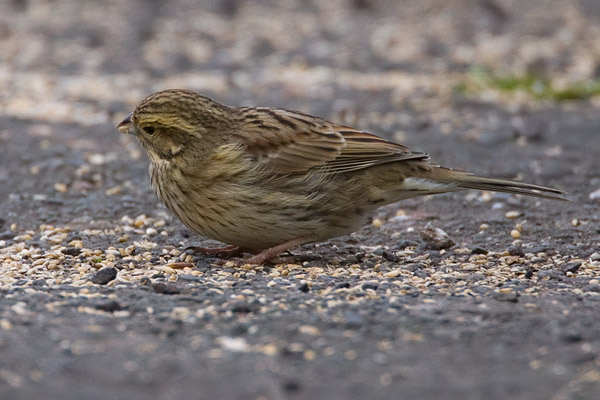
In strong winds there was an adult kittiwake close offshore, 3 turnstones and 2 shag.
I then went to see the male penduline tit at Clennon Valley, where I saw a different bird about 4 years ago. I arrived being told it was seen 'about 5 minutes ago', only to have to wait over 2 hours in the cold before it reappeared.
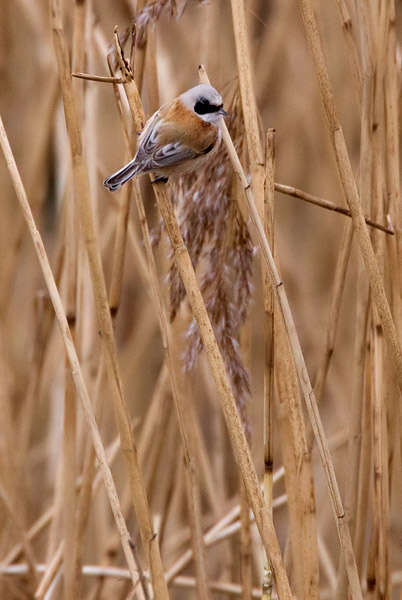
Time on the Exe was limited - the only birds of note were an avocet and dark-bellied brent goose at Starcross, and a greenshank at Cockswood.
After a month of using the 50D, my first impression is that it crams too many pixels onto a small sensor - there are some real issues with noise, similar to those experienced with a high-pixel digital compact camera. Sometimes it performs really well, however, but I can't bring myself to get rid of my 8MP 1D Mark IIn yet. The performance at 800 ISO seems rather good (penduline tit photo taken at this speed, and cropped).
